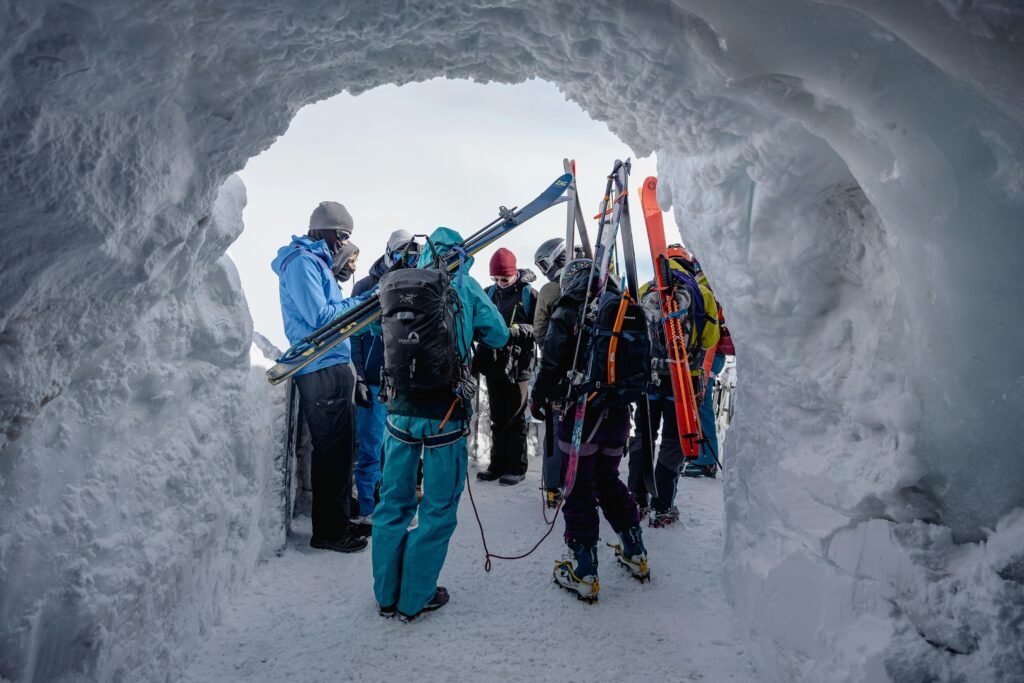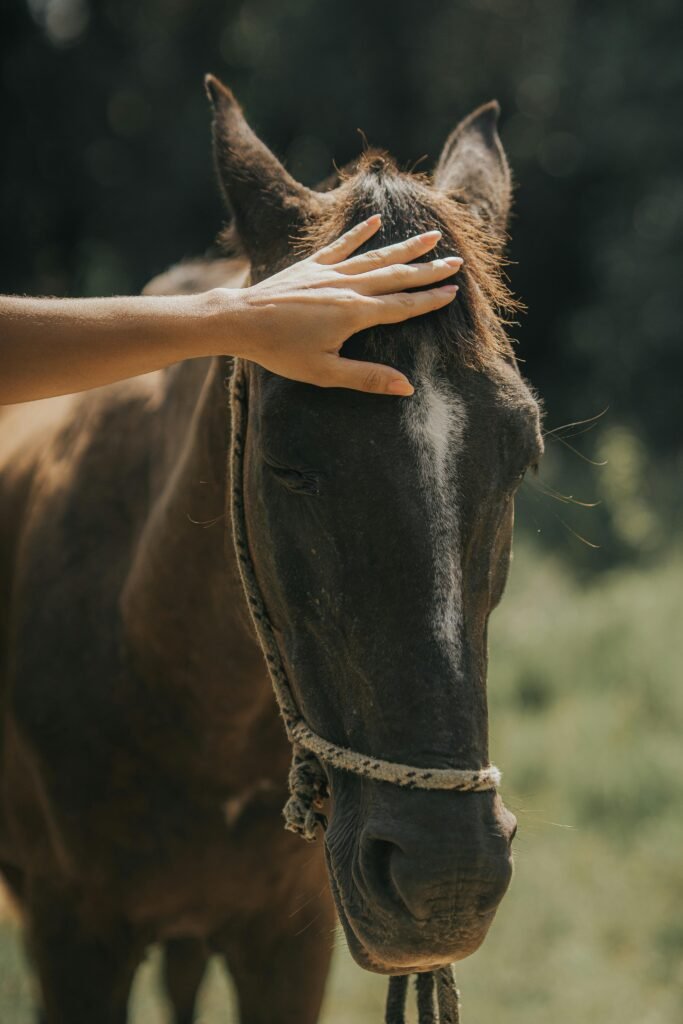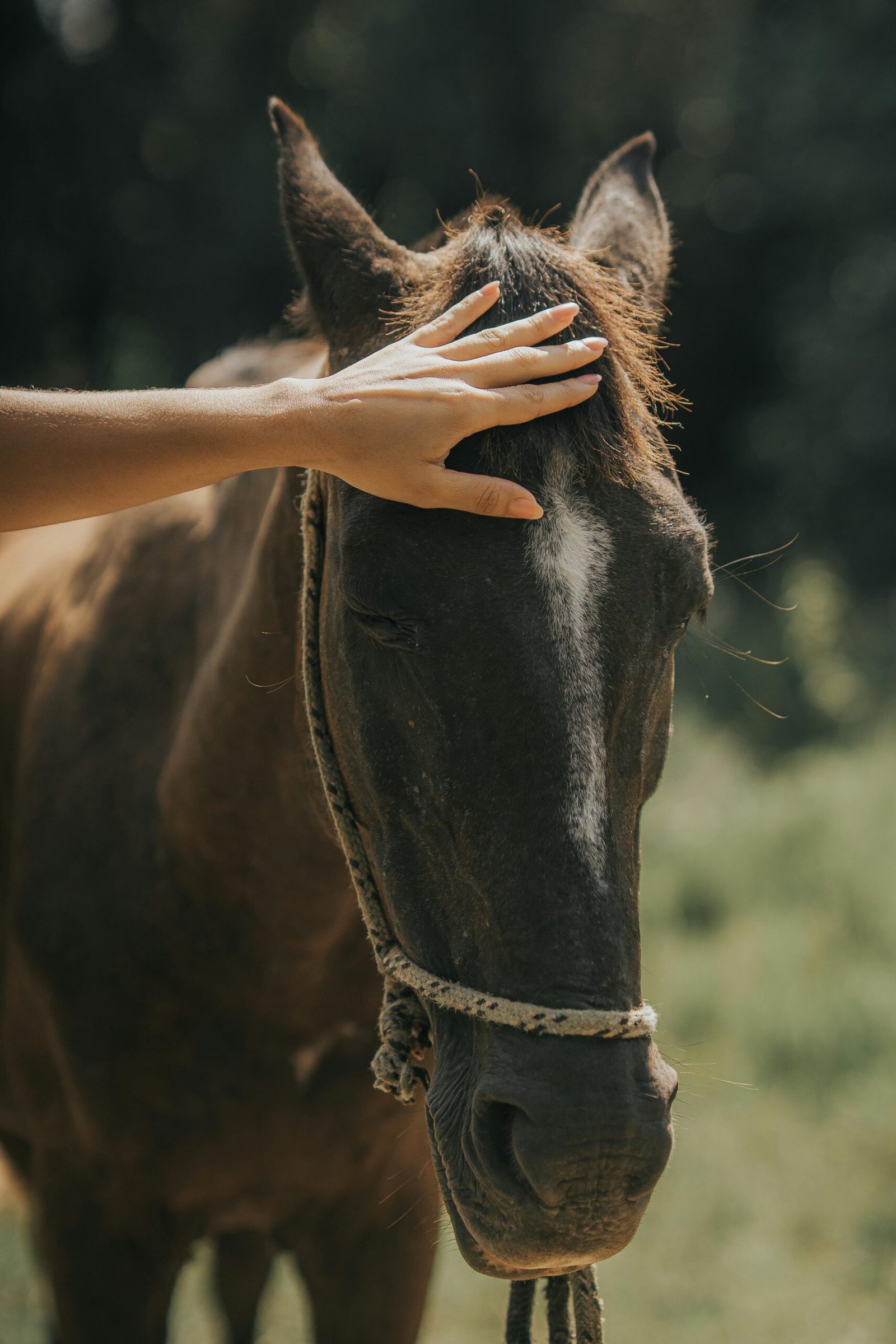Imagine curling up next to a warm crackling fire on a cold winter’s night, the cozy glow filling the room with a comforting ambiance. But before you light that first match, it’s vital to prioritize safety. In this article, we will explore essential fireplace safety practices to ensure the warmth and enjoyment of a roaring fire while keeping your home and loved ones protected. From routine maintenance to responsible firewood usage, these practices will give you peace of mind and allow you to fully embrace the beauty and relaxation of a well-maintained fireplace.

This image is property of images.pexels.com.
Clearing the Surrounding Area
Remove Flammable Objects
When it comes to ensuring fireplace safety, one of the first steps you should take is to clear the surrounding area of any flammable objects. This includes items such as curtains, rugs, furniture, and household decorations. Any combustible materials should be kept at a safe distance from the fireplace, ideally at least three feet away. By removing flammable objects, you greatly reduce the risk of a fire in your home.
Keep a Safe Distance from Furniture
In addition to removing flammable objects, it’s crucial to keep a safe distance from furniture. Sofas, chairs, and other pieces of furniture should be placed a safe distance away from the fireplace. This not only reduces the risk of items catching fire, but it also prevents any accidental contact that could result in burns or injuries. By maintaining a proper distance, you can enjoy the warmth and ambiance of your fireplace without worrying about any potential hazards.
Clear Out Overhanging Branches
If you have a fireplace with an outdoor chimney, it’s important to clear out any overhanging branches. Overhanging branches can pose a significant fire hazard, especially during windy conditions or when embers are present. By regularly trimming your trees and ensuring there are no branches hanging over your chimney, you can effectively reduce the risk of a fire starting from sparks or embers landing on dry branches. Keep in mind that branches should be trimmed back at least 10 feet from the top of the chimney to ensure proper clearance.
Checking the Chimney
Schedule Regular Inspections
To maintain a safe and functional fireplace, it is crucial to schedule regular inspections by a professional chimney sweep. A chimney inspection can identify any potential issues such as cracks, blockages, or damage to the flue liner. It is recommended to have your chimney inspected at least once a year, preferably before the start of the winter season. By addressing any issues promptly, you can prevent potentially dangerous situations and ensure the safe operation of your fireplace.
Remove Blockages and Obstructions
Blockages and obstructions in the chimney can lead to poor ventilation and increase the risk of fire hazards. Regularly check for any debris, such as bird nests or leaves, and remove them safely. Blockages in the chimney can restrict airflow and cause smoke to backup into your home, creating a health hazard. Maintaining a clear chimney ensures proper ventilation, which is essential for the safe operation of your fireplace.
Ensure Proper Ventilation
Proper ventilation is crucial for both the safety and efficiency of your fireplace. Without adequate ventilation, the build-up of smoke and toxic gases such as carbon monoxide can pose serious health risks. Ensure that the damper is working correctly and that it is fully open before starting a fire. Additionally, make sure that the chimney flue is clear of any obstructions that may impede the flow of air. Proper ventilation allows the smoke and gases to exit your home, keeping the indoor air quality safe and preventing the risk of carbon monoxide poisoning.
Using the Right Fuel
Only Burn Dry, Seasoned Wood
When it comes to fueling your fireplace, it’s essential to use the right type of wood. Burning dry, seasoned wood is not only more efficient but also safer. Dry wood produces less smoke, reducing the risk of creosote build-up in the chimney. Creosote is highly flammable and can lead to chimney fires if not properly managed. Seasoned wood has been dried for at least six months, ensuring a lower moisture content and better combustion. By using dry, seasoned wood, you can enjoy a safer and more efficient fire.
Avoid Using Treated or Painted Wood
While it may be tempting to use scrap wood or old furniture as fuel for your fireplace, it is crucial to avoid burning treated or painted wood. Treated wood, such as those used in construction or furniture, often contains harmful chemicals that can release toxic fumes when burned. Similarly, painted wood can release toxic gases from the paint’s chemicals. Burning these types of wood can pose health hazards to you and your family. Stick to burning only dry, seasoned firewood to maintain a safe and healthy environment.
Never Use Gasoline or Lighter Fluid
Using gasoline or lighter fluid to start or enhance a fire in your fireplace is extremely dangerous and should be avoided at all costs. Both gasoline and lighter fluid are highly flammable liquids that can lead to uncontrollable fires and cause severe injuries or property damage. These accelerants can cause the fire to ignite too quickly and create a dangerous situation. It is always safer to use kindling or fire-starting logs to ignite your fire. Never use gasoline or lighter fluid in your fireplace.
Proper Fireplace Setup
Use a Secure Fire Screen or Glass Doors
To prevent sparks and embers from escaping the fireplace and potentially causing a fire, it’s essential to use a secure fire screen or glass doors. These safety features act as a barrier, keeping the fire contained while still allowing heat to radiate into the room. A spark or ember that escapes can quickly ignite flammable materials in your home, posing a significant fire hazard. Install a fire screen or glass doors and make sure they are correctly fitted and in good condition to maximize safety.
Keep Combustible Materials at a Safe Distance
When setting up your fireplace, it’s crucial to keep combustible materials at a safe distance. This includes furniture, curtains, rugs, and any other items that can potentially catch fire. Maintaining a distance of at least three feet between the fireplace and any combustible materials greatly reduces the risk of accidental fires. Always be mindful of the items around your fireplace and ensure they are positioned safely away from the heat source.
Ensure Adequate Air Flow
Proper air flow is essential for the efficient operation of your fireplace. The fire requires oxygen to burn effectively and safely. If the air flow is insufficient, it can lead to poor combustion, smoke issues, and even carbon monoxide build-up. To ensure adequate air flow, make sure any vents or air intakes in the fireplace are clear and not obstructed. Additionally, avoid overcrowding the fireplace with too much wood or other materials, as this can restrict the flow of air. Keeping a proper balance between fuel and oxygen helps maintain a safe and efficient fire.

This image is property of images.pexels.com.
Fireplace Operation
Open the Damper Before Starting a Fire
Before starting a fire, it’s crucial to open the damper fully. The damper controls the airflow in your chimney, allowing smoke and gases to exit your home. By opening the damper, you ensure proper ventilation and prevent smoke from entering your living space. Always remember to open the damper fully before lighting a fire and close it only after the fire is completely extinguished and the ashes have cooled off.
Use Small Fires for Efficient Heating
To maximize the efficiency of your fireplace while minimizing risks, it’s best to use small fires for efficient heating. Large fires can generate excessive heat that can damage the fireplace and surrounding materials. By using smaller fires, you can effectively control the heat output and prevent overheating. In addition, smaller fires produce less smoke and creosote buildup, reducing the risk of chimney fires. Remember, it’s quality over quantity when it comes to enjoying a safe and efficient fire in your fireplace.
Never Leave Fires Unattended
One of the most important fireplace safety practices is to never leave fires unattended. Always ensure that there is a responsible adult present when the fireplace is in use. Accidents can happen in an instant, and unattended fires can quickly escalate into dangerous situations. By staying present, you can monitor the fire, address any issues promptly, and ensure the safety of your home and loved ones. Never leave the fire unattended, even for a short period.
Fire Extinguishing Equipment
Keep a Fire Extinguisher Handy
Having a fire extinguisher readily available is a critical aspect of fireplace safety. In the event of a small fire or ember escaping the fireplace, a fire extinguisher can be used to quickly and effectively extinguish the flames before they can spread. Make sure the fire extinguisher is suitable for use on both wood and electrical fires, as these are the most common types associated with fireplaces. Additionally, ensure all members of the household are familiar with how to properly operate a fire extinguisher.
Install Smoke Detectors and Carbon Monoxide Alarms
Smoke detectors and carbon monoxide alarms are essential safety devices that should be installed in every home with a fireplace. These detectors can provide early warning signs of a fire or the presence of dangerous gases, such as carbon monoxide. Install smoke detectors on every level of your home, including outside each sleeping area. Carbon monoxide alarms should be placed near bedrooms, as carbon monoxide is a silent, odorless gas that can be deadly. Regularly test these devices to ensure they are functioning correctly.
Have a Fire Escape Plan
It is always better to be prepared for the unexpected. In the event of a fire, having a well-thought-out fire escape plan can save lives. Make sure everyone in your household knows the escape routes and designated meeting points outside the house. Practice the fire escape plan regularly with your family so that everyone is familiar with the procedure. Remember, a well-prepared family is better equipped to handle emergencies and ensure the safety of all members.

This image is property of images.pexels.com.
Safe Ash Disposal
Allow Ashes to Cool Completely
After enjoying a warm fire, it’s crucial to allow the ashes to cool completely before removing them from the fireplace. Even when the fire appears to be out, there may still be hot embers hidden among the ashes. Scooping out hot ashes can lead to accidental fires or burns. To ensure the ashes are cool enough for safe removal, wait at least 24 hours or longer, depending on the size of the fire and the type of fireplace. Always prioritize safety and take the necessary time to let the ashes cool down completely.
Use a Metal Container for Ash Storage
When it’s time to remove the ashes from your fireplace, it’s important to use a metal container specifically designed for ash storage. Metal containers are less likely to ignite from any remaining hot embers. Never use plastic or combustible containers, as they can melt or catch fire from the heat of the ashes. Place the metal container outdoors on a non-combustible surface away from any flammable materials until you are ready to dispose of the ashes properly.
Dispose of Ashes Properly
Proper ash disposal is crucial for the safety of your home and the environment. Once the ashes have cooled completely, you can dispose of them safely. Do not dispose of the ashes in a plastic bag or a regular trash can, as they can still contain hot embers and cause a fire. Instead, transfer the ashes to a designated ash pit or ash bin if available. If you do not have an ash pit or bin, dispose of the ashes in a metal container. Take the container to an appropriate disposal location, such as a designated ash collection site or a composting facility.
Child and Pet Safety
Create a Physical Barrier Around the Fireplace
When it comes to ensuring the safety of children and pets around the fireplace, creating a physical barrier is essential. Install a safety gate or screen specifically designed to keep children and pets away from the fireplace. This barrier should be sturdy and secure, with no gaps that could allow a child or pet to squeeze through. By creating a physical barrier, you can prevent accidental contact with the fireplace and reduce the risk of burns or injuries.
Educate Children and Pets about Fireplace Dangers
In addition to creating a physical barrier, it’s important to educate children and pets about fireplace dangers. Teach children that the fireplace is hot and should never be touched or played with. Explain the importance of staying away from the fire and the surrounding area to prevent accidents. Similarly, train pets to stay away from the fireplace and enforce boundaries. By educating children and pets about fireplace safety, you can instill good habits and reduce the risk of accidents.
Supervise Interactions with the Fireplace
No matter how many safety precautions you take, it’s essential to always supervise interactions with the fireplace. Never leave children or pets unattended in a room with a lit fireplace. Accidents can happen in a split second, and having a responsible adult present can prevent potential injuries or fires. By supervising all interactions with the fireplace, you can ensure a safe environment for everyone in your home.
Regular Fireplace Maintenance
Clean the Fireplace and Chimney Regularly
Regular cleaning of the fireplace and chimney is crucial for maintaining its safety and efficiency. Over time, creosote and soot can accumulate inside the chimney, increasing the risk of a chimney fire. Hire a professional chimney sweep to thoroughly clean the chimney and inspect it for any signs of damage or deterioration. Additionally, regularly clean out the fireplace, removing any ash or debris that may have accumulated. By keeping your fireplace and chimney clean, you can enjoy a safer and more functional fireplace.
Repair Damaged Components Promptly
If you notice any signs of damage to the fireplace or chimney, it is essential to address them promptly. Cracked bricks, deteriorating mortar, or damaged flue liners can compromise the structural integrity of the fireplace and increase the risk of fire hazards. Contact a professional to assess and repair any damaged components. Ignoring these issues can lead to more substantial problems down the line, so be proactive in maintaining the safety of your fireplace.
Maintain the Firebox and Hearth
The firebox and hearth are integral components of the fireplace system and must be maintained properly. Regularly inspect the firebox for any cracks or deterioration and repair them promptly. Additionally, clean the firebox and hearth regularly to remove any debris or ash that may have accumulated. Keeping the firebox and hearth in good condition ensures the safe containment of the fire and prevents the risk of accidental fires.
Professional Considerations
Consult a Professional for Installation and Maintenance
When it comes to installing or maintaining a fireplace, it’s always recommended to consult a professional. Proper installation of a fireplace requires knowledge of local building codes and safety regulations. A professional can ensure that the fireplace is installed correctly and meets all necessary safety requirements. Similarly, when it comes to maintenance and repairs, hiring a professional ensures the work is done properly and minimizes the risk of further damage or safety hazards.
Seek Expert Advice for Chimney Sweep Services
When it’s time for your annual chimney inspection and cleaning, it’s best to seek the services of a professional chimney sweep. A certified chimney sweep has the experience and expertise to thoroughly clean the chimney, identify any issues, and provide the necessary maintenance or repairs. They can also offer advice and recommendations regarding fireplace safety practices specific to your home. By relying on the expertise of a chimney sweep, you can rest assured that your fireplace is in safe and capable hands.
Get Professional Inspections Done Annually
To ensure the long-term safety and functionality of your fireplace, it is crucial to have professional inspections done annually. A professional inspection can identify any hidden issues, such as cracks in the flue liner or damage to the chimney structure. They can also assess the overall safety of your fireplace and provide you with recommendations for any necessary repairs or upgrades. By scheduling annual inspections, you can stay proactive in maintaining a safe and efficient fireplace in your home.
In conclusion, proper fireplace safety practices are essential to ensure the well-being of your home and loved ones. By clearing the surrounding area, checking the chimney, using the right fuel, proper fireplace setup and operation, having fire extinguishing equipment, safe ash disposal, implementing child and pet safety measures, regular maintenance, and seeking professional assistance, you can enjoy the warmth and coziness of your fireplace while minimizing the risk of accidents, fires, and other dangers. Prioritizing fireplace safety not only brings peace of mind but also allows you to create lasting memories in a safe and comfortable environment.




